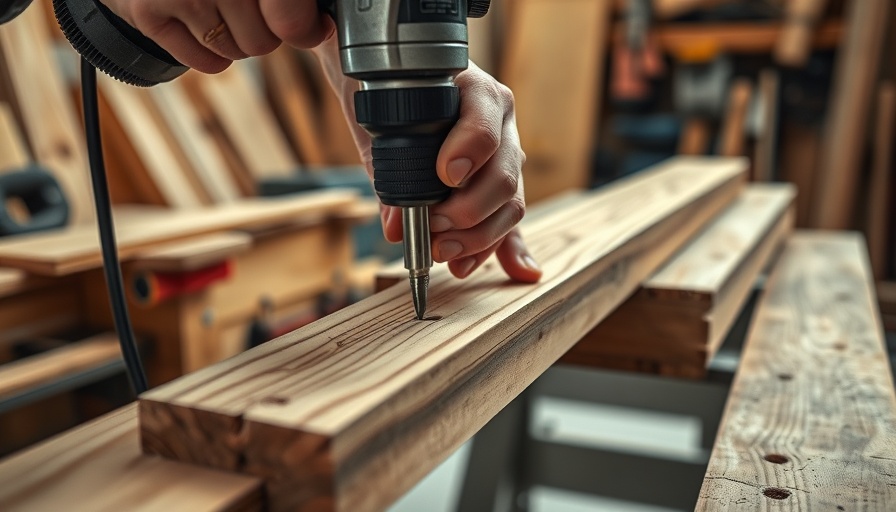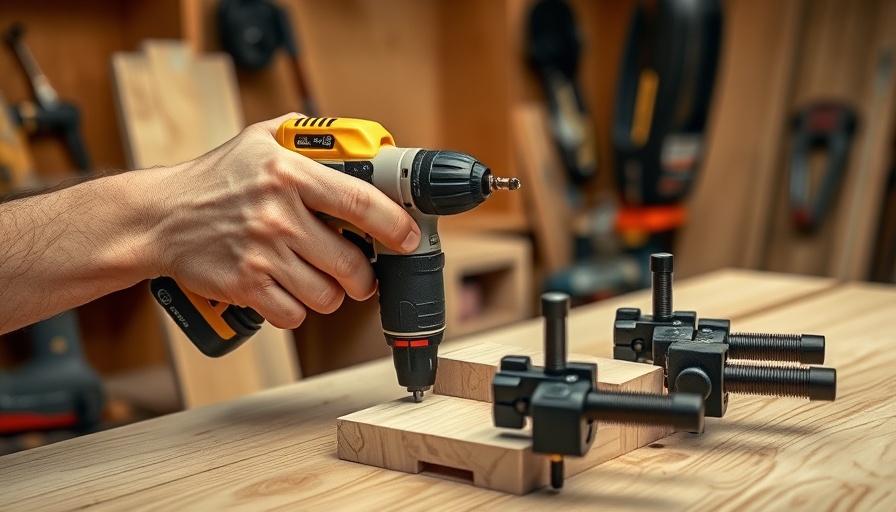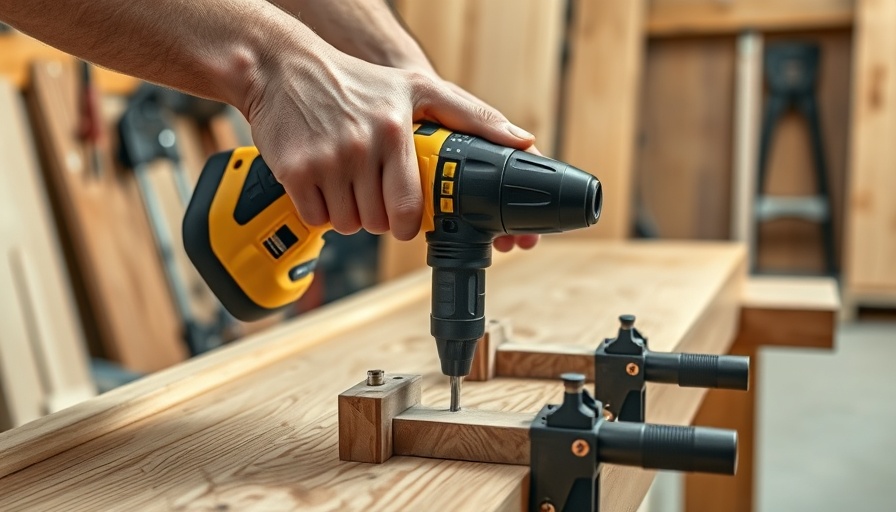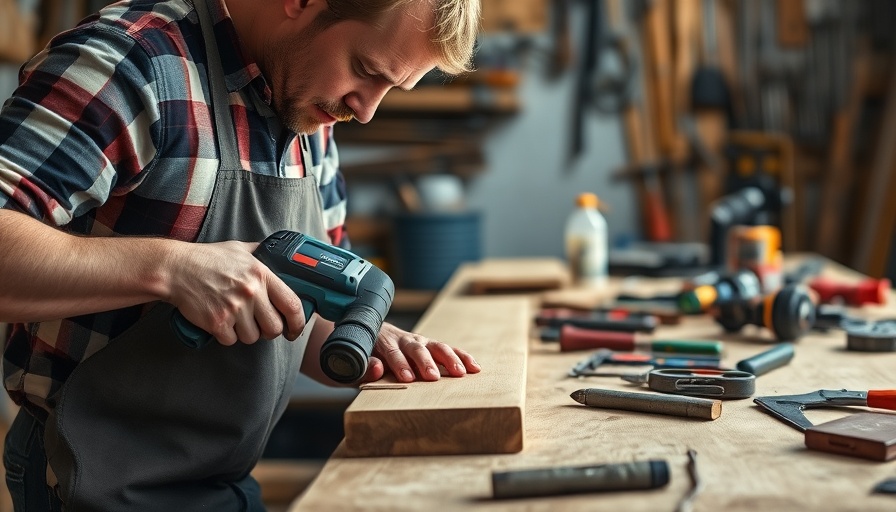
Unleash Your Inner DIY Enthusiast with the Right Drilling Techniques
Every homeowner knows that having the right tools is essential for successful home improvement projects. One of the most versatile tools in your kit is your trusty drill. Whether you're hanging shelves, assembling furniture, or tackling creative DIY crafts, understanding how to use a drill effectively can make all the difference in achieving a professional finish. This guide will explore the various types of bits available and the materials they’re suited for, ensuring you not only work efficiently but also safely while prioritizing your health and wellness.
Dive into the Different Types of Drill Bits
Choosing the right drill bit is crucial in determining the success of your project. Here’s an overview of some common types:
- Twist Bits: The most common drill bits, ideal for general-purpose drilling in wood, metal, or plastic.
- Spade Bits: Excellent for larger holes in soft woods, perfect for running electrical wiring or plumbing.
- Forstner Bits: If you want precision flat-bottom holes, Forstner bits provide a cleaner finish and are great for cabinetry.
- Masonry Bits: Designed for drilling into brick, stone, or concrete, these bits feature a carbide tip for durability.
- Auger Bits: For deep and accurate drilling, especially in wood, augers have a screw tip that helps to pull the bit into the material.
Material Matters: Picking the Perfect Bit
Each bit comes with its specific applications based on the materials you're working with. Having a clear understanding of how different bits perform on various materials helps prevent damage to both your drill and the surface being worked on.
For instance, using a metal drill bit on wood can be less effective and often leads to splintering. Conversely, wood bits used on masonry won’t get you very far. Assessing the properties of the material you're dealing with, including density and durability, will guide your choice effectively.
Safety Practices to Adopt While Drilling
While embracing DIY projects, safety should always remain a priority. Here are some best practices to keep in mind:
- Wear Safety Glasses: Protect your eyes from debris created during drilling.
- Use a Dust Mask: Especially when drilling into materials that create significant dust—like drywall or hardwood.
- Secure Your Workpiece: Use clamps to hold materials steady to prevent slipping.
- Follow Manufacturer Instructions: Every drill and bit has specific guidelines; adhering to these ensures optimal performance.
Future-Proofing Your DIY Skills
As you dive deeper into home improvement, consider broadening your knowledge beyond just drilling. The DIY landscape is evolving, with innovative tools and techniques emerging rapidly. Familiarizing yourself with the latest trends not only enhances your skill set but also empowers you to tackle projects that prioritize sustainability and wellness in your home environment.
Inspire Creativity in Your Space
Ultimately, every project—from hanging artwork to creating intricate furniture—serves as a canvas for your creativity. Embrace the process and explore unique ways to use your drill, whether it’s for a simple home repair or a sophisticated piece of décor. The world of DIY is ever-expanding, and so are your opportunities to curate a space that nurtures your well-being.
Ready to embark on your next home improvement project? Equip yourself with the knowledge and tools mentioned above, and get to work creating the inviting space you’ve always dreamed of!
 Add Row
Add Row  Add
Add 



 Add Row
Add Row  Add
Add 
Write A Comment